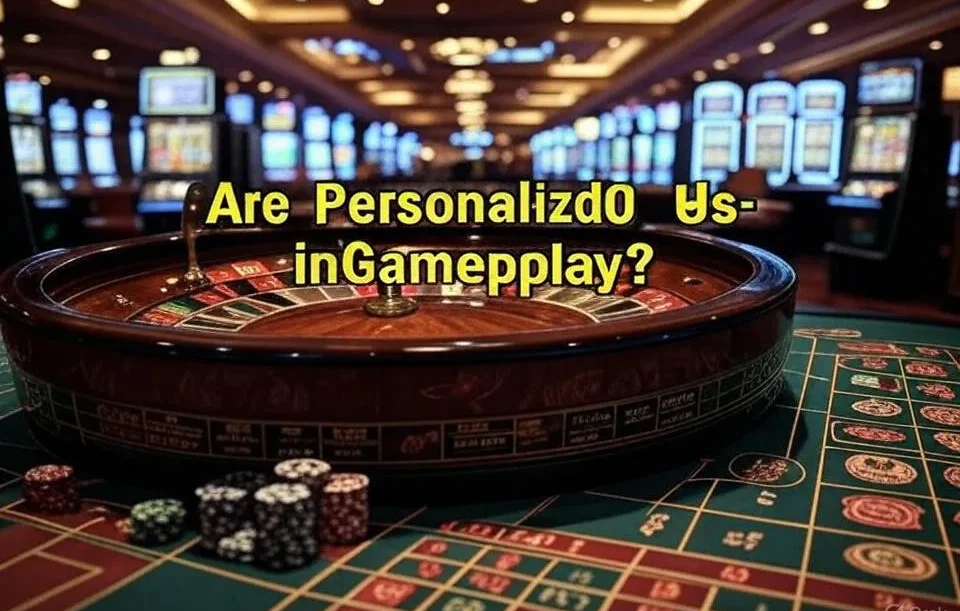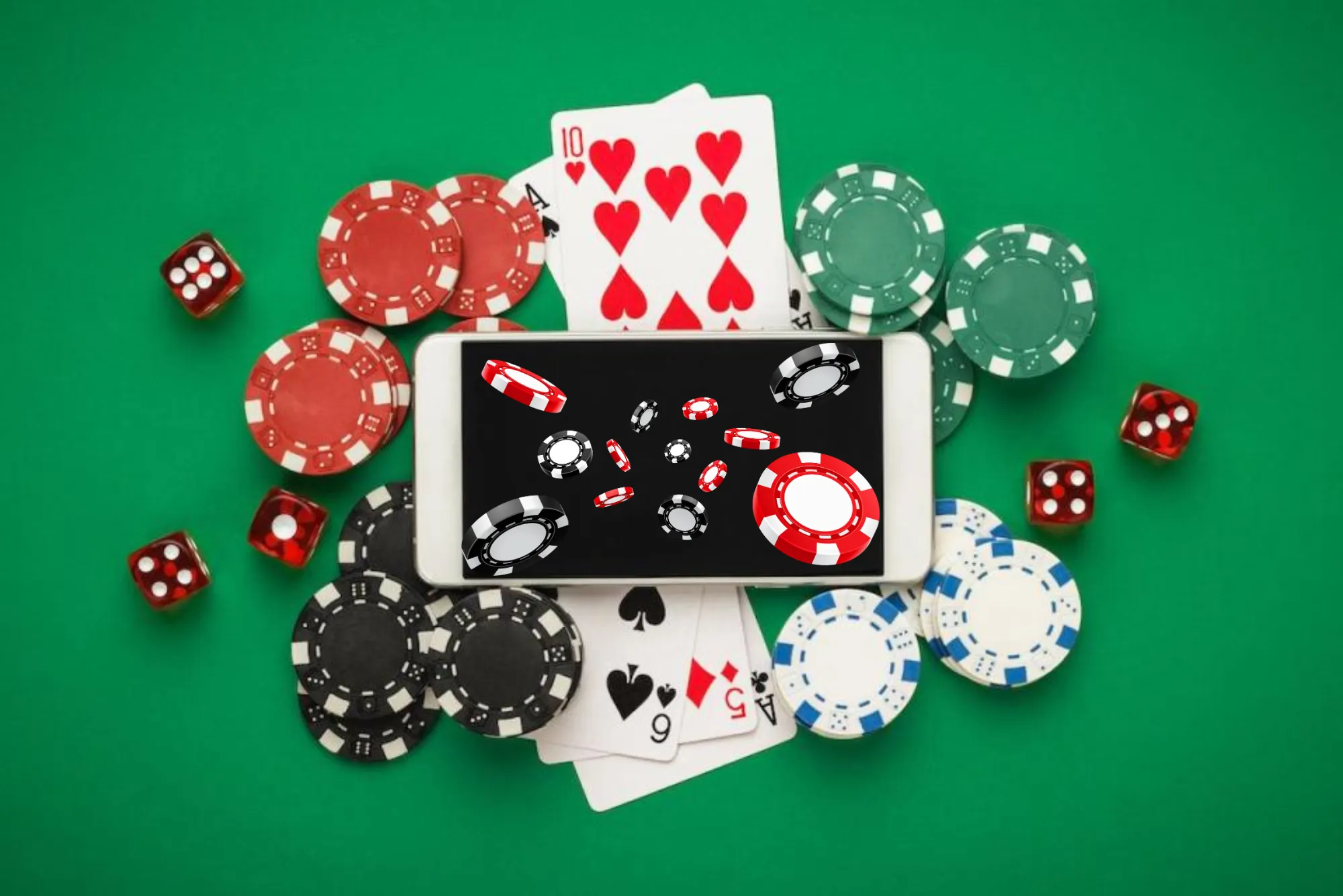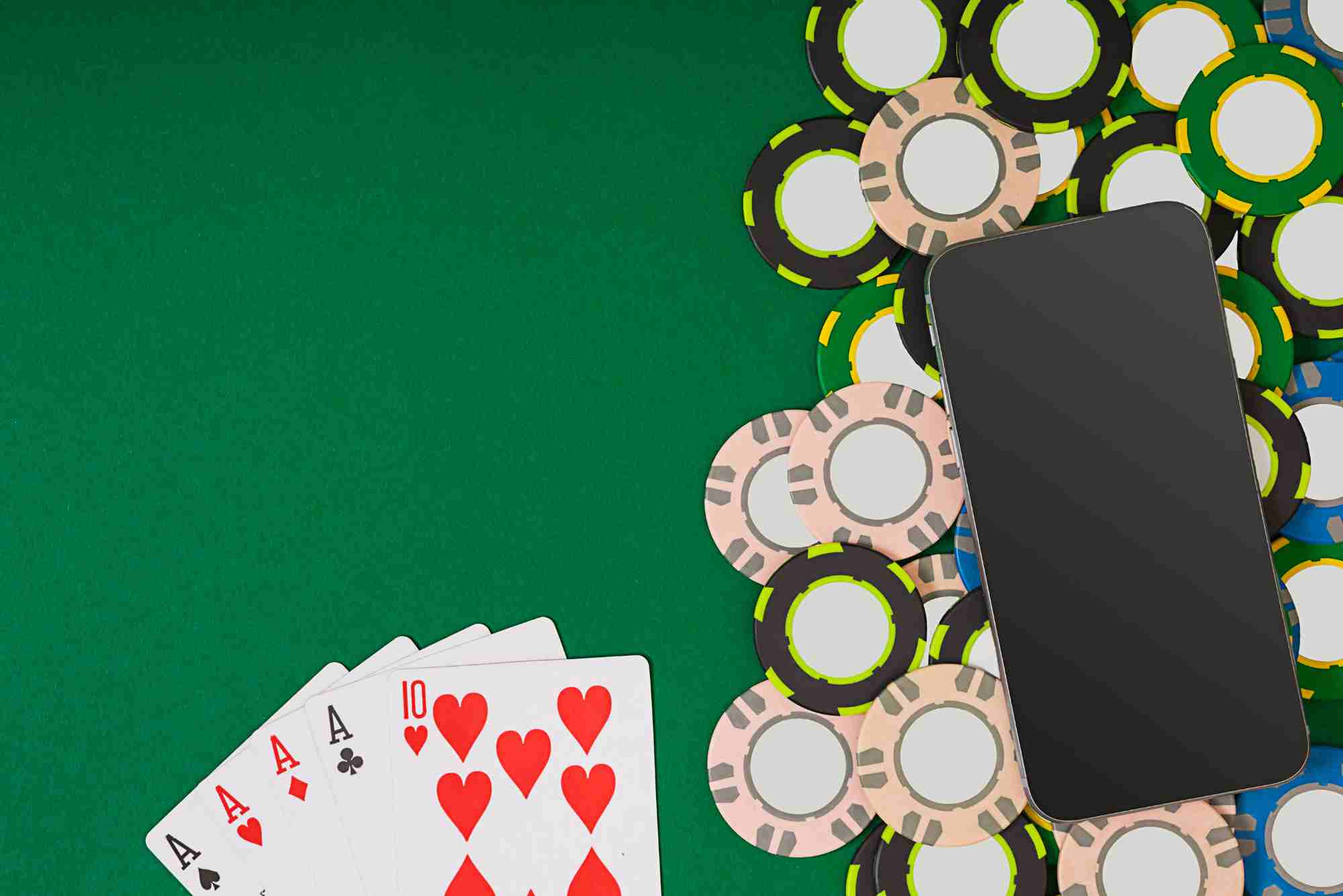In today’s fast-evolving digital entertainment space, one of the most fascinating innovations is the use of personalized themes in gameplay. This concept is particularly relevant in modern video games and online slot games, where player preferences now shape how the game looks, feels, and even behaves. But are personalized themes actually used in gameplay, or are they just a cosmetic gimmick? The answer is more nuanced than a simple yes or no.
This article will explore how personalized themes are implemented in games, their psychological benefits, how they influence player engagement, and why they’re increasingly being adopted in flexible gaming environments like non GamStop casinos, where creativity and personalization are allowed more room to grow.
What Are Personalized Themes in Gameplay?
A personalized theme refers to a game’s ability to tailor its appearance or features based on the individual player’s actions, preferences, or history. In simple terms, it’s when a game “adjusts itself” to match what it learns about you over time. This may include visual changes like different backgrounds, customized symbols or skins, mood-based music, or even tailored animations that respond to your style of play.
Unlike traditional game designs where every player sees the same interface and graphics, personalized themes offer a dynamic experience. The game might look different for each player, even if they’re playing the same version. This customization can be either user-driven—where the player chooses settings manually—or system-driven, where the game learns and adapts automatically based on usage.
In slot games, for instance, if a player regularly plays fantasy-themed titles, the system might suggest similar themes, or automatically update the visuals in existing games to match those preferences. In action games, players might unlock thematic upgrades or visual changes that reflect their achievements or milestones, giving them a deeper sense of connection to the experience.
Why Personalized Themes Matter to Players
The core goal of personalized themes is to make gameplay more immersive. When a player sees something familiar, preferred, or emotionally satisfying reflected in a game, their enjoyment increases. It’s the difference between walking into a generic hotel room and stepping into one that’s decorated in your favorite colors and styles—it just feels better.
This emotional satisfaction has a strong psychological effect. Games become more engaging and memorable. Players are more likely to return because the experience feels tailored to them, not mass-produced. In an age where users crave unique, curated experiences across all forms of media, personalized themes meet that demand directly.
Game developers and platforms understand this well. In fact, some are taking it to the next level by using AI to adjust gameplay based on mood, habits, and even time of day. It’s not just about changing the look—it’s about syncing the game world to the player’s world.
Personalized Themes in Non GamStop Casinos
This trend is especially visible in environments with more development freedom, such as non GamStop casinos. These platforms are not bound by the strict limitations of the UK Gambling Commission, which means they can experiment more boldly with how games are designed and customized.
At these casinos, players often encounter slot games that let them modify themes, select character avatars, or switch between seasonal graphics. Some titles adapt visually over time, rewarding repeat play with upgraded animations or unlocking new visual layers. Others learn from your history and recommend games with similar design aesthetics or storylines.
More impressively, developers working with non GamStop casinos have introduced games that change based on how often or how long you play. For example, a slot machine may begin with a simple desert theme but evolve into a more vibrant adventure world after a few sessions, giving players a sense of progress and personalization that’s not tied directly to win/loss outcomes.
This is where the difference lies—personalized themes in these casinos are not just surface-level changes. They become an interactive part of the gameplay journey, enhancing the psychological depth of an otherwise RNG-based game.
How Gameplay Is Enhanced Through Personalization
Personalized themes affect more than visuals—they influence how players perceive and interact with a game. Imagine starting a game and being greeted by music you enjoy, visuals that match your mood, and avatars that reflect your style. These elements can boost immersion, increase playtime, and even reduce frustration during losses.
One example from the mobile gaming world includes idle RPG games that adjust themes based on time of day or geographic region. Play in the morning, and the game has a soft sunrise palette. Log in at night, and the game darkens to a twilight setting. These changes might seem small, but they make the player feel like the game world is alive and responsive.
In skill-based games, players might see their UI change after unlocking certain milestones. Perhaps a background becomes more luxurious after beating a difficult level, or new animations are unlocked to celebrate achievements. These visual and interactive reinforcements make accomplishments feel more significant.
The best part? These personalized updates often occur without needing the player to do anything. It’s like your game is “watching” and reacting in a way that feels both natural and rewarding.
Psychological Benefits of Personalized Themes
It’s no coincidence that personalized experiences often feel more satisfying. Psychologically, people enjoy being recognized and understood, even by software. When a game reflects your preferences, it creates a form of digital empathy—it feels like the game “knows” you.
This recognition activates the brain’s reward centers. Just like hearing your name in a conversation perks up your attention, seeing your preferences reflected in a game increases engagement. You’re more likely to enjoy yourself, play longer, and return more frequently.
In gambling environments, this psychological response must be handled responsibly, of course. But it’s clear that personalization adds a sense of ownership and emotional investment to the gameplay experience.
Real-World Examples in the Gaming Industry
Outside of casinos, this concept is already widely used. Games like Fortnite and Call of Duty offer battle passes that unlock personalized content based on user progression. Role-playing games like The Witcher and Skyrim adjust character dialogues and world behavior based on past decisions, offering a unique story for every player.
Even casual mobile games now offer daily themes, special visuals for holidays, or customizations based on how you play. This shows that players respond positively when they feel the game is tailored to them.
These examples show that personalized themes are no longer just a “nice to have.” They are quickly becoming an expectation, especially among younger, tech-savvy audiences.
The Future of Personalized Gameplay Themes
Looking ahead, the integration of machine learning and real-time analytics will take personalization even further. We might see games that analyze your emotional tone through interactions or adapt gameplay themes based on biometric data like heart rate or facial expressions (with your consent, of course).
Voice-controlled and VR-based games may also personalize the environment more deeply, changing surroundings or scenarios based on the player’s choices, voice tone, or physical movements. The future of personalized themes is not limited to visuals—it will encompass audio, haptics, narrative, and emotional intelligence.
This advancement will be especially influential in online gambling and casino platforms. As players demand more immersive and personal experiences, those who embrace personalization will set the new industry standard.
Final Thoughts
So, are personalized themes used in gameplay? Absolutely—and in more ways than many players even realize. They are embedded in design choices, adaptive features, and gameplay experiences across genres. From visuals and sounds to character interactions and progression paths, personalization is shaping the next generation of gaming.
For players looking to experience the cutting edge of this trend, platforms like non GamStop casinos are already showcasing how personalization can transform gameplay from generic to truly memorable. The line between player and game is blurring, and that’s a thrilling step forward for anyone who loves immersive digital experiences.








